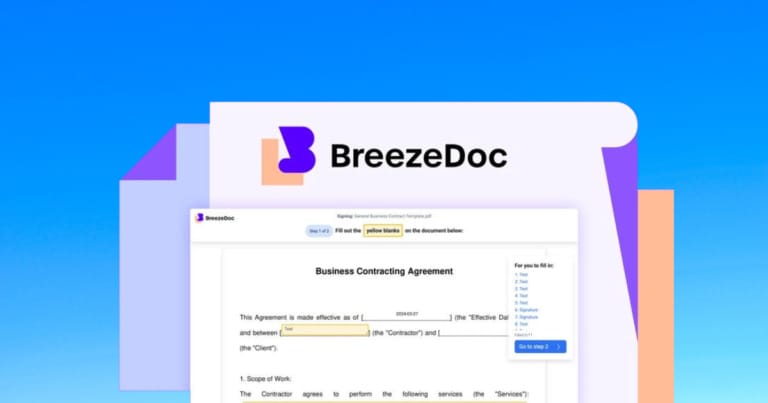
When the government proposed the new income tax slab in the interim budget, claims were made that the budget and investments in tax saving options in India will prove to be more beneficial for the common taxpayers. With the Union Budget 2020, however, when the new tax regime was first made legitimate, there were no clear winners in terms of tax-saving benefits. Instead, most taxpayers feel that the optional structure of the new income tax slab is confusing.
Understanding what ordinary taxpayers stand to gain or lose from the interim budget has become difficult, as they are trying to make sense of the lower income tax rates and the role of tax-saving instruments under a completely new optional regime. Before you make your mind, however, you must understand that while the new taxation system offers lower upfront income tax rates, you will have to forego savings under different tax saving options in India. Let us look at the various aspects of the income tax slab interim budget and, who does the income tax regime work for and for whom it does not.
What is the New Tax Regime?
As per the interim and now, the Union Budget 2020, the new tax structure aims to make the taxation simpler for ordinary people as it excludes as many as 70 key tax exemptions, out of 100. The new tax regime does not include the standard deduction of Rs 50,000 and tax savings offered by popular tax-saving instruments under Section 80C, among others.
Under the new taxation system, if your annual income is up to Rs 2,50,000, you will not have to pay any income tax. For individuals whose earnings are between Rs. 2.5 lakhs and Rs 5 lakhs, they will have to pay a 5 percent tax along with a surcharge and cess.
There is an additional rate of 10 percent introduced under the new taxation system, to reduce the tax liability of individuals whose annual taxable income lies between Rs 5 lakhs and Rs 7,50,000. Before this, the taxpayers coming under this income bracket had to pay a 20 percent income tax.
Similarly, the tax rates for annual income bracket of Rs. 7.5 lakh to Rs. 10 lakhs is 15 percent, while those coming under the income bracket of Rs. 10 lakh and Rs 12.5 lakhs will have to pay 20 percent income tax. For annual income brackets of Rs. 12.5 to Rs 15 lakhs, and above Rs 15 lakhs, the applicable tax slab will be 25 percent and 30 percent, alongside added surcharge and cess. According to experts, the new tax regime works for salaried and self-employed individuals who wish to claim low deductions or exemptions under common tax-saving instruments.
On the other hand, if you do not have many long term investments for tax benefits to show, the upfront rates could increase your tax flow to the government.
What are the Positives and Negatives Under the New Tax Regime?
- The Positives: If you are a beginner career-wise and have hardly invested into any tax saving options in India, you may benefit from switching to the new tax regime, wherein you will have a lower income tax slab interim budget rate. On the other hand, if you fall under the higher-income groups and have somewhat moderate-to-heavy tax-saving investments, it would be better for you to persist with the existing tax slab.
- The Negatives: Although the new tax regime offers lower tax rates, the fact that it insists on forgoing tax savings under different income tax saving sections waters down the benefits. Also, the option to choose between the present and the new tax slab makes the entire tax exercise complicated, instead of simplifying it much.
Who would Gain from the New Income Tax Regime?
Economists believe that the new tax system will help put in a slightly higher disposable income into the taxpayer’s pocket and encourage them to increase their spending. However, the tax regime might prove detrimental to long-term household savings. Overall, the proposed new income tax slab interim budget is beneficial for salaried and self- employed individuals who have low or zero investments in tax saving options in India. Under the new regime, they will have to pay a lower upfront rate of income tax. furthermore, you would not have to worry about complicating your ITR e-filing, as you will commit fewer mistakes.
Who Would Lose from the New Income Tax Regime?
The new tax structure introduces lower tax rates but asks taxpayers to forego tax exemptions and deductions. Thus, the new regime is not much beneficial for taxpayers who already invest in common tax-free savings schemes such as PPF, NPS, life insurance, and health insurance.





